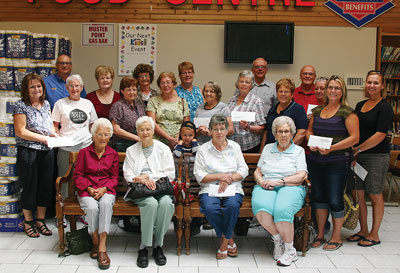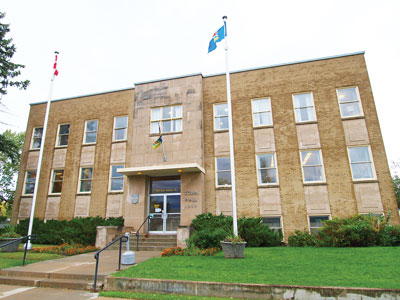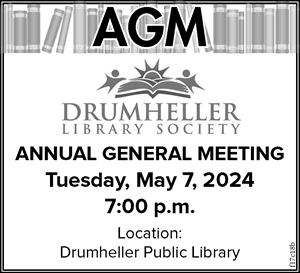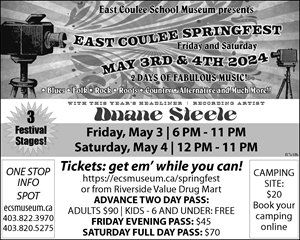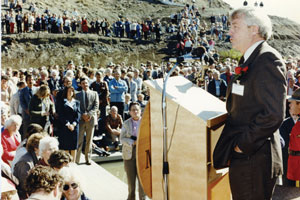
This week the entire province of Alberta is mourning the loss of one of its most dynamic leaders.
The Honourable Peter Lougheed died on September 13 at the age of 84. He was the tenth premier of Alberta after masterfully defeating the Harry Strom–led Social Credit Party in 1971.
This began a political dynasty that survives today. In fact, his influence held strong to the end. At this spring’s provincial election, his endorsement of premier Alison Redford held currency.
“He led the way a leader should, with honour and courage, with honesty and openness, and with boundless compassion and respect for the people he served,” said Redford in a statement on Lougheed’s passing. “And I consider it one of the greatest privileges of my life to have known him.”
His influence however crossed party lines. Drumheller – Stettler MLA Richard Strankman holds Lougheed in high regard.
“Mr. Lougheed was a visionary Albertan,” said Strankman. “He was a stalwart defender of our province, a provincial hero in many ways.”
One word often used to describe Lougheed as tributes pour in is he was a gentleman. And from one gentleman to another, David Baird, the founding Director of the Tyrrell Museum has nothing but praise for Lougheed, and fond memories of his time working with him.
“I owe that man the proudest moment of my life, and I am 92 years old now,” Baird told The Mail.
This moment was when Baird first showed the museum to the Premier.
“The great moment came when I took Lougheed in the darkened museum to the lookout over the Dinosaur Hall, and I said to him ‘and now Mr. Premier, I give you a world class museum for Alberta.’ One of my staff threw a switch and turned on the lights to the big hall. This was one of only a few times, I bet, he stood absolutely amazed, speechless for a minute and a half.”
Beyond the excitement of opening day, Baird was grateful for the opportunity to build the museum, and to have the freedom to do it how he saw fit.
“It was an unusual thing for one person (me) to get an offer from the Government of Alberta to build the museum you want. There will be no committees above you,” said Baird. “That is the reason the museum got to be as good as it was, no interference.”
He had a strong working relationship.
“When I said ‘I give you a museum,’ I wasn’t talking to a superior, but another person interested in the good of Alberta and a first class museum, and what we were trying to do,” said Baird.
Lougheed was premier from 1971 until 1985, the year the Tyrrell Museum of Palaeontology was opened. In fact this was his last official duty.
“We really appreciated what he did not only to make this project (the Tyrrell Museum), a reality, but to stay engaged with us over the years,” said Tyrrell Museum Director Andrew Neuman.
Neuman recalls about 10 years ago Lougheed came to visit as a private citizen with some colleagues just to check up on the museum and offer some friendly advice. He also came to the 25th anniversary celebrations in 2010.
“We greatly appreciated him coming out and participating in that event,” said Neuman.
“He was just a very charming individual, helpful and insightful, even in the later years, he had a great sense of humour,” said Neuman. “He was always very proud of his involvement.”

